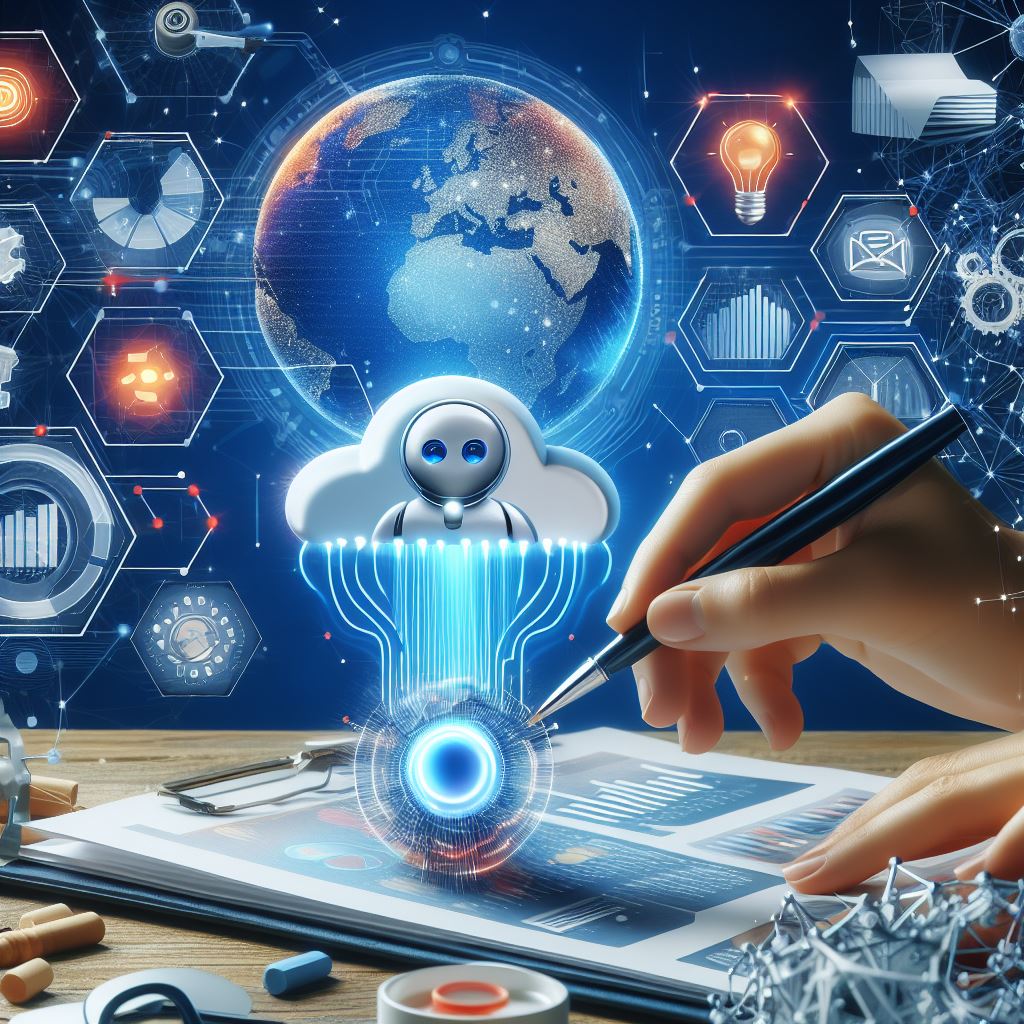In the ever-evolving landscape of technology and business, the integration of AI-Driven automation, encompassing both automation and artificial intelligence (AI), has become paramount. The convergence of these technologies is reshaping business processes, promising increased efficiency, accuracy, and agility.
Recently, Digital Journal had the opportunity to delve into the implications of AI-driven automation for businesses in 2024. Erin Hamm, the field chief data officer at Comcast Technology Solutions, provided insights into the transformative potential of automation and AI across various domains.
The rise of AI-driven automation
In a rapidly digitizing world, businesses are embracing AI-driven automation as a means to optimize operations and drive growth. Automating routine maintenance tasks across assets not only saves time but also enables a more data-driven approach to upkeep. Erin Hamm emphasizes the significance of this integration, particularly in addressing challenges related to asset visibility.
By harnessing AI, organizations can streamline processes and swiftly identify asset owners and intents, thereby enhancing security and compliance measures. Also, the utilization of AI extends beyond maintenance tasks, infiltrating decision-making processes and customer interactions. From predictive analytics to personalized recommendations, AI empowers businesses to deliver superior products and services, driving customer satisfaction and loyalty.
The emergence of new regulations poses challenges for businesses, necessitating a collaborative approach to compliance. Hamm predicts increased peer-to-peer interactions among companies as they navigate the intricacies of evolving regulatory frameworks. Despite efforts to align with industry standards, companies may still face rigorous scrutiny from auditors. Consequently, Hamm advocates for enhanced cooperation and collaboration among organizations to effectively address compliance requirements and mitigate risks. Also, the collaborative efforts extend beyond regulatory compliance to encompass cybersecurity initiatives. Sharing threat intelligence and best practices enables companies to fortify their defenses against evolving cyber threats, ensuring resilience in an increasingly volatile digital landscape.
Adapting threat hunting and detection strategies
In the realm of cybersecurity, the sophistication of cyber attackers necessitates continual evolution in threat hunting and detection strategies. Enterprises are expected to bolster their capabilities to combat emerging threats, including insider risks. Hamm highlights the importance of monitoring behavioral changes and identifying anomalous activities within organizational networks.
By leveraging AI-driven analytics, businesses can distinguish between legitimate user behavior and potential security threats, thus fortifying their defense mechanisms. Also, the integration of AI extends beyond threat detection to proactive threat mitigation. Automated response mechanisms enable organizations to preemptively address security incidents, minimizing the impact of cyber attacks and preserving business continuity. As the cyber threat landscape evolves, adaptive AI algorithms enable organizations to stay ahead of adversaries, ensuring robust cybersecurity posture in an era of persistent threats.
As businesses navigate the complexities of 2024, the integration of AI-driven automation emerges as a transformative force. From optimizing asset visibility to enhancing compliance measures and fortifying cybersecurity defenses, the benefits of automation and AI are manifold. However, challenges persist, requiring a collaborative and adaptive approach from organizations. In the face of evolving regulatory landscapes and persistent cyber threats, the question remains: Will businesses embrace AI-driven automation as the cornerstone of their operations in 2024 and beyond?





